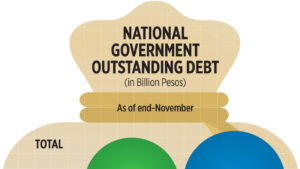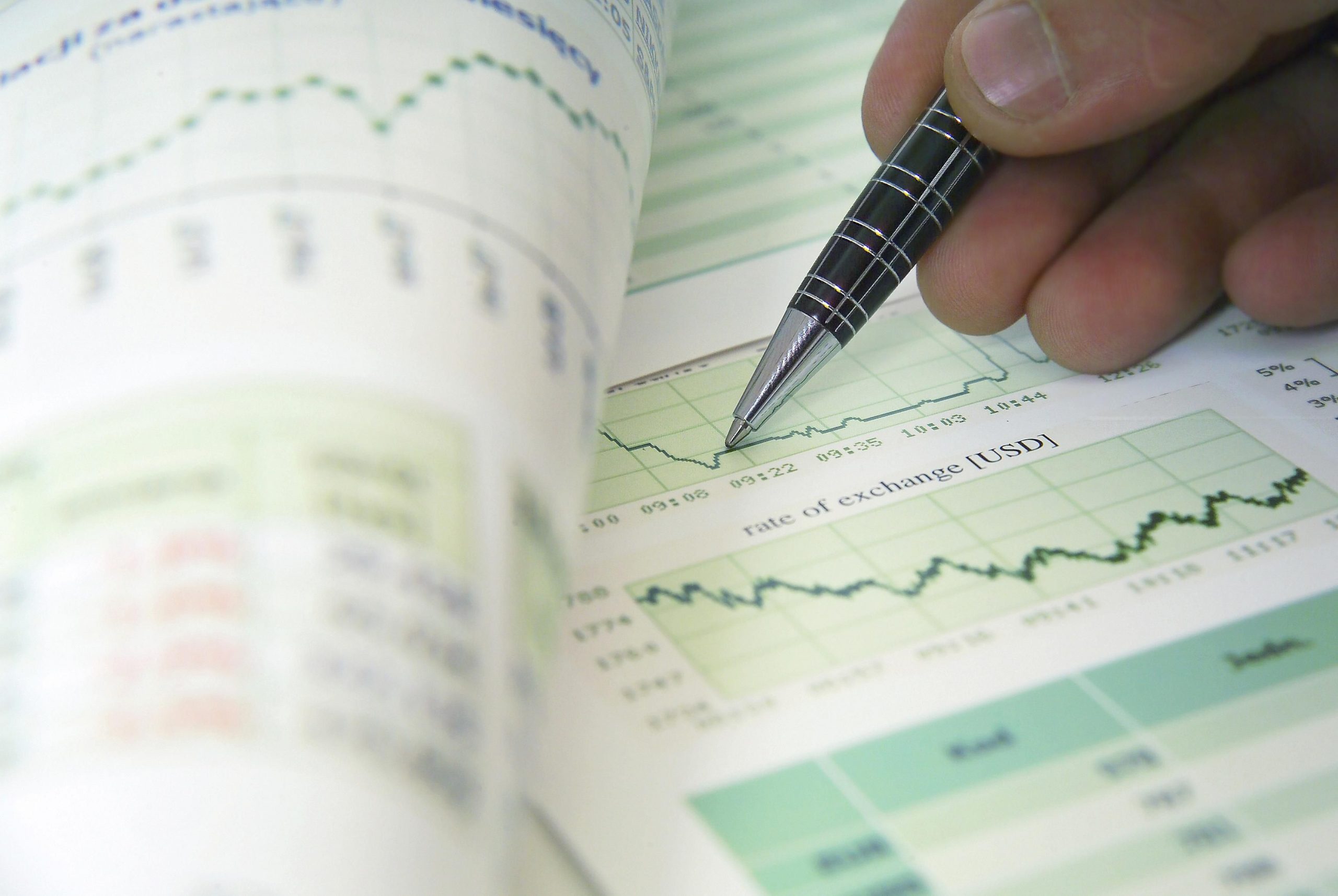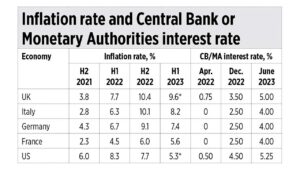Robust growth needed to mitigate pandemic scarring

THE SCARRING IMPACT of the coronavirus pandemic on the Philippines can be significantly reduced if the economic growth remains strong this year and in 2023, the ASEAN+3 Macroeconomic Research Office (AMRO) said.
“The scarring effects caused by the pandemic have raised the urgency to take action to build resilient, sustainable, and inclusive long-term growth… Otherwise, it would take longer time to mitigate scarring effects,” Heung Chun “Andrew” Tsang, an economist at AMRO, said during the think tank’s briefing on its 2021 Annual Consultation Report on the Philippines, on Wednesday.
AMRO expects Philippine gross domestic product (GDP) to expand by 6.9% this year, within the government’s recently revised 6.5-7.5% target. For 2023, GDP growth is forecast at 6.5%, at the lower end of the government’s 6.5-8% goal.
According to the AMRO report, some lasting scarring effects of the pandemic have become “increasingly visible” and may be difficult to reverse.
The most serious impact is on human capital, as seen with the sharp rise in unemployment and poverty rates during the pandemic. The quality of learning also suffered as schools shifted to online classes amid the strict lockdowns.
“One of the sectors that was hit badly is the education sector. A lot of schools were closed and, in the case of the Philippines, it was closed for quite a long time. [Students] had to go online and it depends very much on the digital infrastructure to some extent. But not withstanding that, I think there was a lot of scarring in the education sector. Kids fell behind in terms of education,” Hoe Ee Khor, chief economist of AMRO, said during the same briefing.
Mr. Tsang said the government’s policy should focus on upgrading and upskilling the workforce amid the shift to a more technology-driven economy.
The services sector, particularly tourism, is also seen to bounce back as travel restrictions continue to ease.
Aside from scarring effects, the Philippine economy’s recovery is also clouded by a potential outbreak of more virulent and vaccine-resistant coronavirus disease 2019 (COVID-19) variants and impairment of private firms’ balance sheets in the near term.
“The significance of these two risks may have somewhat abated. However, capital flow volatility is expected to rise in 2022 as global financial conditions are set to tighten significantly,” AMRO said in the report.
AMRO also cited the prolonged Russia-Ukraine conflict, China’s economic slowdown and capital flow volatility as other risks to the Philippines’ recovery.
“The Philippine economy is well positioned to weather the adverse impacts, but tighter global financial conditions and heightened financial volatilities could add depreciation pressure on the peso,” it added.
DEBT LEVELWhile there are concerns over the Philippines’ debt level, AMRO said “the likelihood of the Philippine government falling into debt distress is still low.”
“A lot of fiscal space has been used up during the pandemic. But we’ve done a debt sustainability assessment and the Philippines is still quite comfortable, notwithstanding the increase in the debt level,” Mr. Khor said.
As of end-March, the country’s debt-to-GDP ratio stood at 63.5%, beyond the 60% threshold prescribed by multilateral lenders to developing economies.
The government’s outstanding debt stood at P12.5 trillion in May, slightly inching down by 2.1% from end-April’s record high of P12.76 trillion.
AMRO noted that the interest rate on government debt is at a “moderate level,” and the borrowings were mainly from domestic financial savings.
“The share of nonresident holdings of government securities is less than 2%, which makes the domestic bond market less vulnerable to a sell-off by foreign investors. Lastly, the government is mindful of potential fiscal risks from rising debt levels and continues to exercise prudence in debt management and fiscal policies,” it said.
FISCAL CONSOLIDATIONAs the Philippines undertakes fiscal consolidation to generate fresh revenues to pay for its debt, AMRO said the government needs to improve the efficiency of its spending programs and enhance revenue collection.
“The fiscal consolidation plan should enhance fiscal sustainability without jeopardizing economic recovery,” Mr. Tsang said.
AMRO said nonessential and ineffective fiscal programs should be revamped, and resources redirected to national priorities.
“To improve the tax administration is one way, a good way. But at the same time, the tax base needs to be broadened,” Mr. Yiu said.
The think tank said a hike in excise tax rates and new taxes on digital services may also be considered by the government.
However, AMRO said the proposed tax on single-use plastics may not generate enough revenue. — Diego Gabriel C. Robles




